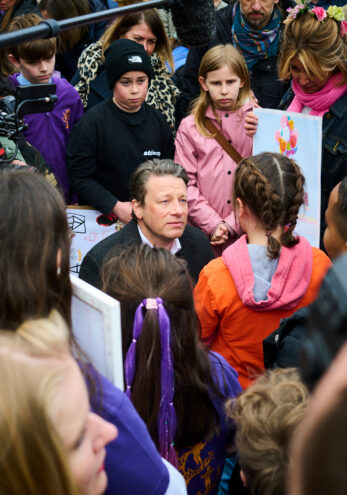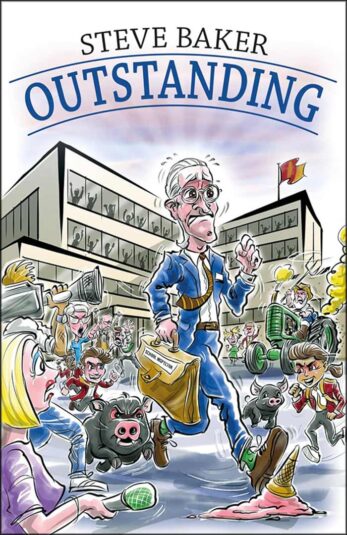Publisher
Routledge
ISBN 10
1032462035
Published
20 Mar 2023
After decades of collaboration with governments, regional departments, school leaders and teachers, John Hattie returns to revisit the foundations of his work. With Visible learning: The sequel, he offers a new generation of educators far more than a new and updated compendium of research findings; I have no doubt that this final offering will be seen as prophetic, and will be discussed and debated for years to come.
First and foremost, one of the greatest achievements of Visible learning: The sequel is that it safeguards policy makers and school leaders alike from ‘The Next Big Thing’. When Hattie published the first intalment of Visible Learning in 2009, the teaching profession was not as research literate as it is now. But this transition has come at a price.
One of the problems with our new found obsession with educational research is that we are too willing to uncritically absorb piecemeal research summaries and bite-sized takeaways of much larger and more complex findings. We are also at the mercy of think tanks and foundations that don’t always provide the nuance their findings merit.
Visible Learning is not a culprit of this facsimile version of research engagement. In fact, because of the vast pool of research Hattie draws upon, many of the book’s claims about what makes for effective education feel contradictory. But Hattie doesn’t shy away from this. Instead, he embraces it wholeheartedly and shares his puzzlement through honest reflection.
This should be our stance too: take off our ideological lenses and delve deeper into the paradoxes of what makes learning work. A great example is the book’s section on teaching strategies, which places meta-analyses for explicit and direct instruction (with effect sizes of 0.56 and 0.63) next to problem-based teaching (with an effect size of 0.61). Rather than seeing them as opposed, Hattie chooses to widen the paradigm to consider how both can be used at the right time and in the right way, according to the types of knowledge being learned and the needs of students.
Hattie could have embraced philosophical dichotomies, but chose not too
After sixteen years of working on Visible Learning, Hattie continues to draw us into genuine conversation about what research really tells us, beckoning us to explore further. With this sequel, he is handing us the baton, asking us to take up the call of putting research at the service of student achievement. And his razor-sharp focus on what will make the most difference to the greatest number, guided by the empirical data, presents a grand narrative that is quite compelling. Until he tries to dabble in the philosophical, leaving a few moments in the book that feel a little odd.
Amazingly, Hattie seems to quote scholars at length whose theoretical positions remain hotly contested while completely leaving out others whose work has been shown by clear empirical evidence to have had a significant impact on student attainment when applied in the classroom.
For example, in his section on ‘School and Society’, Hattie counts Paolo Freire as one of his key influences, claiming that Visible learning: The sequel has ‘remarkable parallels’ to Freire’s work. Like Freire, Hattie decries the amount of teacher talk and the narrative structure of much educational activity, but then states in the curriculum section that ‘the use of intentional or deliberate teaching wins out repeatedly’ when it comes to reading.
Coupled with the effect sizes of direct and explicit instruction already mentioned, it’s clear the teaching methods Hattie and Freire dislike are nevertheless effective, particularly in core subjects. At this point, Hattie could have embraced philosophical dichotomies just as he does empirical contradictions. He could have included Engelmann, Hirsch or Rosenshine in his grand story, but chose not to. This left me a little perplexed, to say the least.
Don’t let these philosophical shortcomings stop you buying this book. Hattie ends it with an invitation to continue the conversation in response to the story he has developed, and I for one heartily accept. Meanwhile, its commitment to scientific integrity, particularly with regard to pedagogical models and implementation, make it a touchstone text for teaching and leadership practice.













Your thoughts